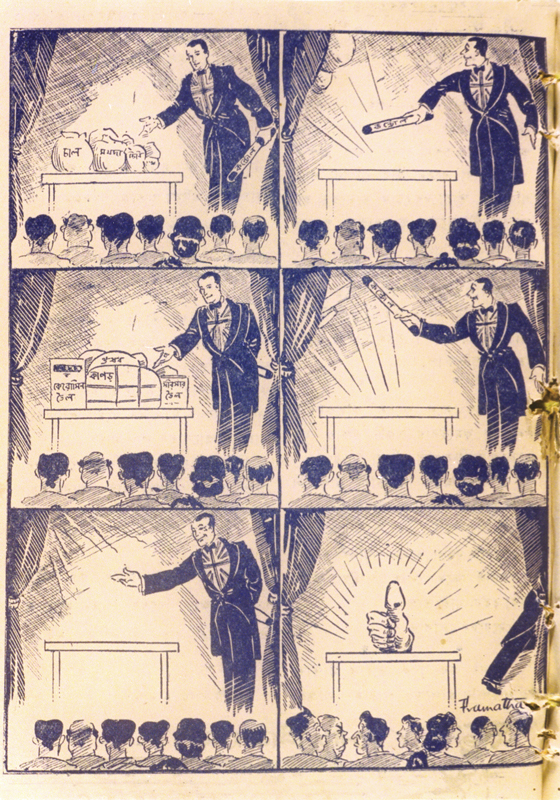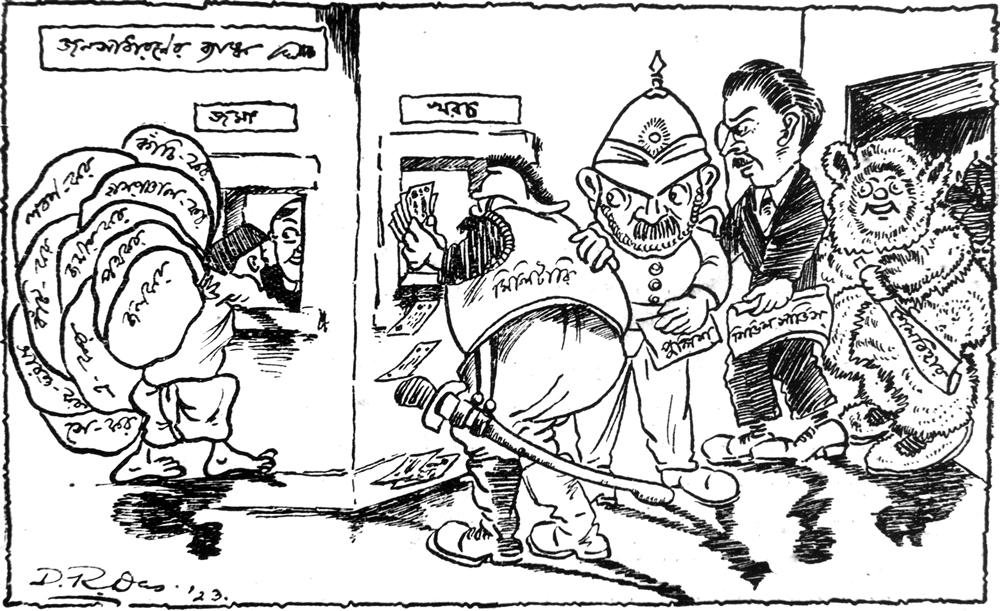Subhendu Dasgupta



Grant Period: Over two years
“Literature, music, theatre, visual art and film are some of the cultural traditions,” Subhendu Dasgupta observes, “closely associated with the expression and consolidation of Bengali humour.” Within the visual arts, the articulation of humour began with the pat, the etched pat and wood engravings of Kalighat, and these are believed to have been the forerunners of cartoons. “No other art form,” Prof. Dasgupta remarks, “has been able to influence the Bengali political and social arena as cartoons have. They are an extremely important component of Bengal’s political and social history. Cartooning is an independent art form. It has its own style and craft, which has undergone transformations through time. However, mainstream art history has always accorded an outcast status to cartoons, and denied the visual form a place in the history of art. Because of this apathy, there is a sore lack of basic documentation of cartoon history in general, and Bengali cartoons in particular.” Thus, Prof. Dasgupta’s project will address the neglect of an artistic tradition that has played a crucial role in Bengali public life.
An economist by training, Prof. Dasgupta has taught for many years in the Department of South and South-East Asian Studies in the University of Calcutta. He has always had a scholarly interest in the visual arts, and has written extensively on various aspects of the visual arts in Bengali journals and periodicals. Over the years, his teaching and research took him to Bangladesh and these visits seeded his interest in the history of cartoons. Prof. Dasgupta turned his amateur interest into a scholarly passion when he offered a module on political cartoons in Bangladesh as part of a Refresher Course titled Nationalism, Democracy and Global Futures, organised by the Department of International Relations, Jadavpur University, in December 2003. Soon, his interest in cartoons took him to Manila where he met cartoonists, took interviews, collected cartoons, wrote about them and presented papers in seminars.
The history of Bengali cartoons is closely connected to the history of Independence. During the freedom movement, Bengali cartoons were repeatedly used for political and social commentary. In the post-Independence era as well, cartoons have played a significant role in the formation of the Bengali identity. Prof. Dasgupta’s project will look at the relationship between public life and cartoons while paying particular attention to individual cartoonists whose work has contributed significantly to developing the art form. He will also examine the creation of unique characters by several cartoonists. The analysis of style is an important aspect of his research and Prof. Dasgupta will pay special attention to the relationship between text and visual.
He will acquire photographs, microfilms and/or photocopies of cartoons in newspapers and periodicals, source and collate writings on cartoons and cartoonists, put together a list of subjects covered by Bengali cartoons and categorise them according to their style. Further, he proposes to interview cartoonists, analyse and interpret their work, distinguish and comment on drawing styles and carry out a comparative study of the different styles of depiction. The research will yield a collection and chronological listing, a collection of essays and writings on Bengali cartoons, and transcripts of interviews with Bengali cartoon artists. The final outcome of the research will be a book in Bengali on the history of cartoons in West Bengal and Bangladesh. Apart from the book, all documentation and source-collation generated by the project will be housed in the archive of the Centre for Studies in Social Sciences, Kolkata.
